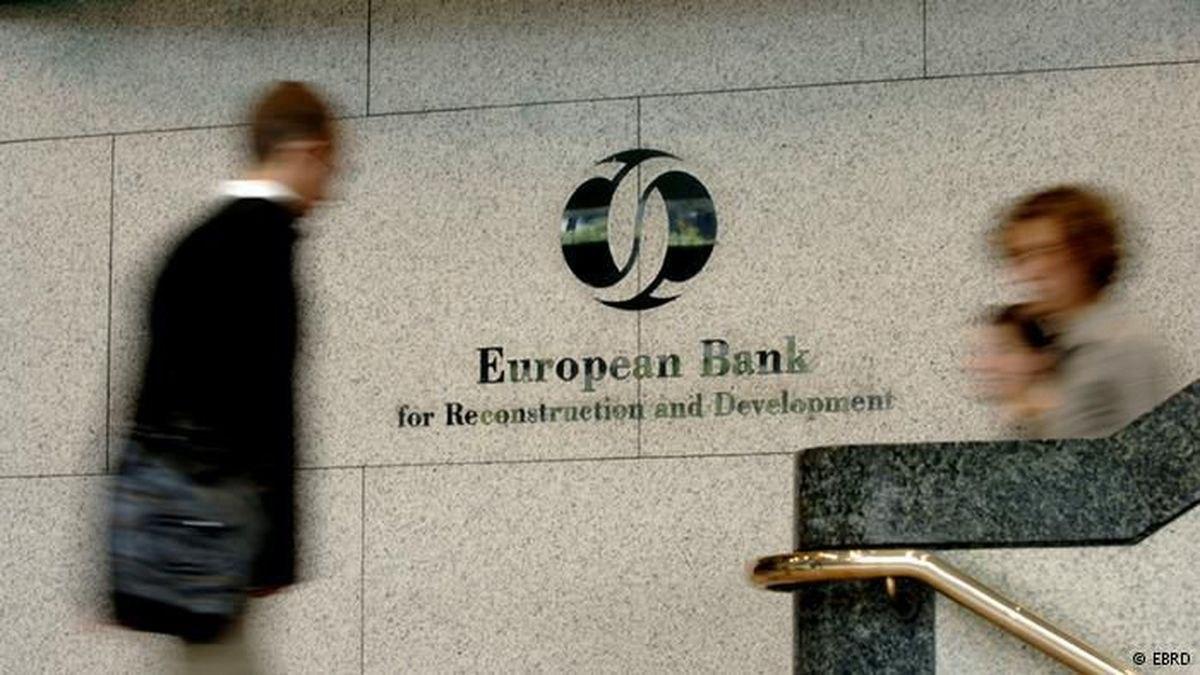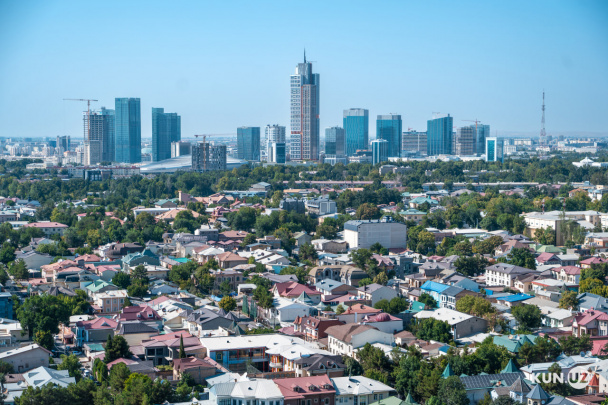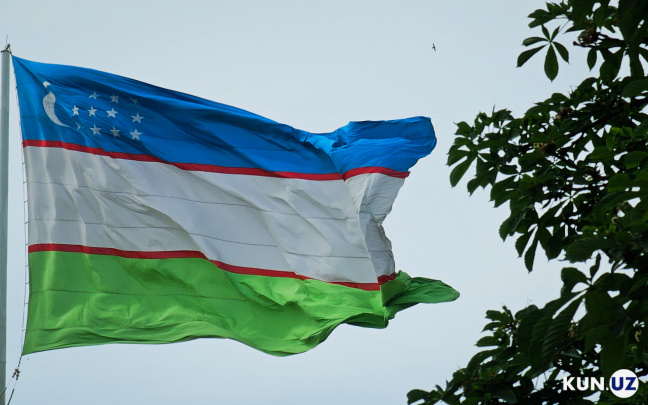EBRD updates its forecast for Uzbekistan’s economy
The European Bank for Reconstruction and Development (EBRD) has wound back forecasts for the emerging economies where it invests, after measures to contain the impact of the coronavirus lasted for longer than previously anticipated.

The EBRD is now forecasting an overall contraction across its economies of 3.9 percent this year, and a return to growth next year of 3.6 percent. The previous forecasts published in May had projected a 2020 decline of 3.5 percent and a stronger recovery of 4.8 percent in 2021.
According to the bank, economic growth in Uzbekistan slowed to 0.2 percent in the first half of 2020, remaining positive mainly due to growth in agriculture and construction (2.8 percent and 7.3 percent, respectively).
In other sectors, there has been a decline. Industry and gas production decreased by 1.9 and 17.1 percent, respectively. The service sector was also hit: transportation and storage, information and communications decreased by 3.2 percent.
The government introduced quarantine measures in mid-March 2020, gradually easing them from the end of August 2020. Unemployment rose to 13.2 percent in January-July 2020 from 9.1 percent a year earlier, while real incomes fell by 1.7 percent. Amid sluggish demand, inflation fell from 16.5 percent year-on-year in August 2019 to 11.7 percent in August 2020, forcing the Central Bank to cut its refinancing rate from 15 percent to 14 percent annually.
In April 2020, the government established the Anti-Crisis Fund (about 1.5 percent of GDP) to strengthen the healthcare system and support low-income workers and affected businesses. However, the country is under strong external pressure. While imports fell by about 18% in the first seven months of 2020 (year on year), exports fell 21 percent.
The external balance deteriorated further due to the slowdown in economic activity in Russia and Kazakhstan and a 7 percent annualized decline in remittances (in dollar terms) in the first seven months of 2020.
Recommended
List of streets and intersections being repaired in Tashkent published
SOCIETY | 19:12 / 16.05.2024
Uzbekistan's flag flies high on Oceania's tallest volcano
SOCIETY | 17:54 / 15.05.2024
New tariffs to be introduced in Tashkent public transport
SOCIETY | 14:55 / 05.05.2023
Onix and Tracker cars withdrawn from sale
BUSINESS | 10:20 / 05.05.2023
Latest news
-
Authorities report 622 billion UZS in losses from illegal energy use
SOCIETY | 10:19
-
Uzbekistan advances legal framework for toll roads and infrastructure
POLITICS | 09:52
-
Uzbekistan’s permanent population nears 38 million
SOCIETY | 20:08 / 08.07.2025
-
Mirziyoyev and Putin discuss further strengthening trade and economic ties
POLITICS | 20:05 / 08.07.2025
Related News

15:00 / 08.07.2025
President Mirziyoyev reviews economic progress in Namangan

20:34 / 07.07.2025
Uzbekistan's economy expands 6.8% in first half of 2025

15:18 / 07.07.2025
Uzbekistan’s external debt hits $68.4B amid surge in corporate borrowing

16:15 / 04.07.2025



